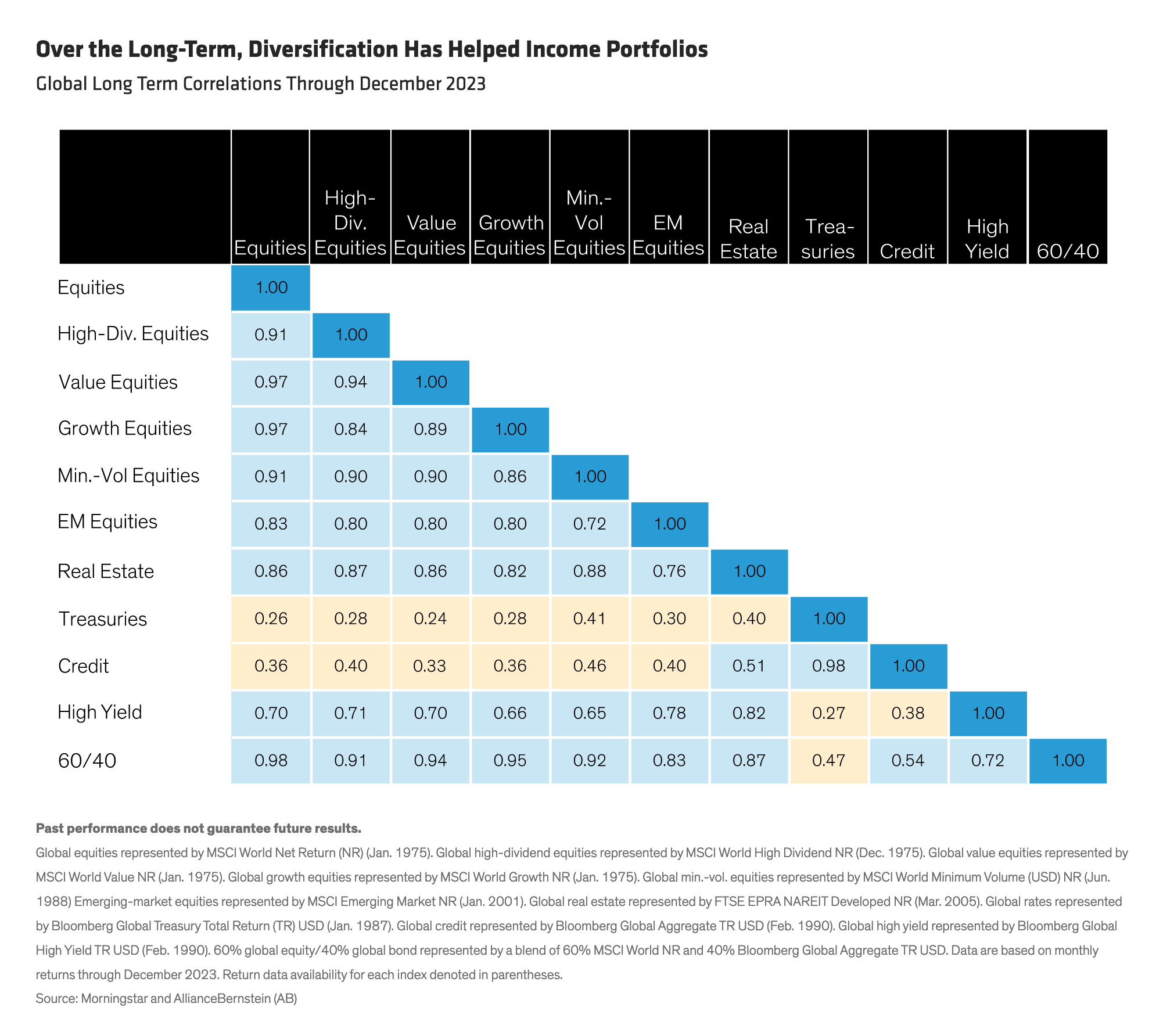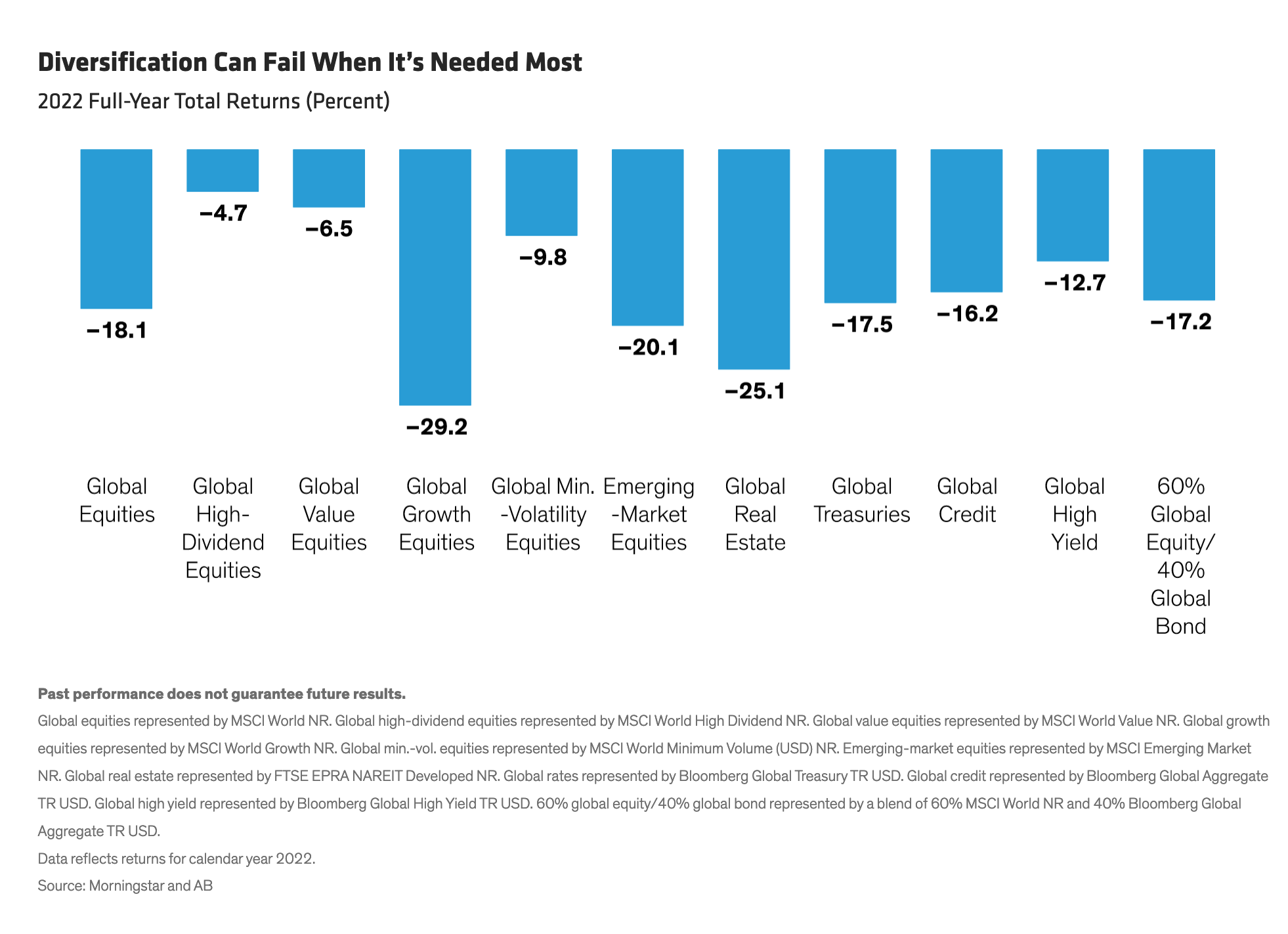by Richard Cao, CFA, Portfolio Manager—Multi-Asset Solutions, & Christopher Mason, CFA, Product Manager—AB Multi-Asset Solutions, AllianceBernstein
The views expressed herein do not constitute research, investment advice or trade recommendations and do not necessarily represent the views of all AB portfolio-management teams. Views are subject to change over time.
MSCI makes no express or implied warranties or representations, and shall have no liability whatsoever with respect to any MSCI data contained herein.
The MSCI data may not be further redistributed or used as a basis for other indices or any securities or financial products. This report is not approved, reviewed or produced by MSCI.
About the Authors
Richard Cao is Vice President and Portfolio Manager for the Multi-Asset Solutions team at AB, specifically managing the suite of Multi-Asset Income models and the Emerging Markets Multi-Asset strategies. He joined AB in 2015 as a rotational associate and worked on risk and portfolio-management teams. Since 2016, Cao has focused on research and portfolio management for income and thematic multi-asset portfolios. He previously served as co-chair of the Associate Leadership Council and the AB Asians Employee Resource Group. Cao holds a BS in economics from Duke University and is a CFA charterholder. Location: New York
Christopher Mason is a Vice President and Product Manager for AB’s Multi-Asset Solutions team. His primary responsibilities include portfolio strategy and communications for AB’s Multi-Asset income thematic strategies. Prior to joining AB in 2019, Mason served as an investment analyst at Wellington Management with product management responsibilities for core and emerging-market equity strategies. Prior to Wellington, he served as a senior analyst at Cerulli Associates, focusing on industry trends in the institutional asset management industry. Mason holds a BS in management from Boston College with concentrations in finance and accounting and is a CFA charterholder. Location: Nashville
Copyright © AllianceBernstein



















